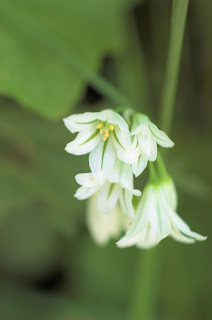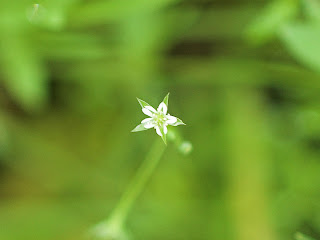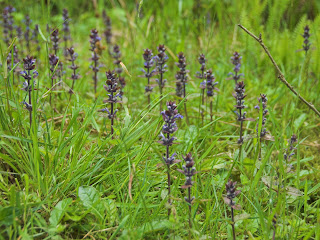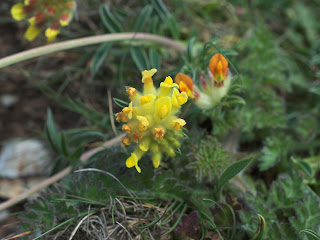


maybe Spot and co knew something we didn't because the rain was torrential this afternoon. The scene at Beals Mill was one of devastation. No one can remember floods like this before. And then the sun came out.








 a small patch of this uncommon but invasive stranger. It is native to the mediterranean but is found in the South West, and on the coasts of California and Oregon (I hadn't realised Oregon was on the coast). So here it is in lower Downgate. The unmistakeable smell of garlic pervades the air around it.
a small patch of this uncommon but invasive stranger. It is native to the mediterranean but is found in the South West, and on the coasts of California and Oregon (I hadn't realised Oregon was on the coast). So here it is in lower Downgate. The unmistakeable smell of garlic pervades the air around it.


















 We came upon a family of noisy long tailed tits by the Inny today. As you can see they feed mainly on insects; I think the bird on the left is a fledgling waiting to be fed. Bill Oddy describes them as pink lollipop birds because they have the habit of teetering on twigs and swinging slowly over like mechanical toys. They are very unafraid.
We came upon a family of noisy long tailed tits by the Inny today. As you can see they feed mainly on insects; I think the bird on the left is a fledgling waiting to be fed. Bill Oddy describes them as pink lollipop birds because they have the habit of teetering on twigs and swinging slowly over like mechanical toys. They are very unafraid.



 the delicate frond like leaves, and the small white flowers of pignut, a relative of the carrot. The tubers are edible, and pigs were once trained to find them. They are also eaten by leprechauns.
the delicate frond like leaves, and the small white flowers of pignut, a relative of the carrot. The tubers are edible, and pigs were once trained to find them. They are also eaten by leprechauns.


 the bluebells are at their peak now, and the woods and hedgerows are a blaze of blue. I have always believed that bluebells grow better in dappled light, but they appear to favour the sunny side of lanes (middle picture) and there are great patches of bluebells out in the open on the coast (the blue patch on the left in the lowest photo)
the bluebells are at their peak now, and the woods and hedgerows are a blaze of blue. I have always believed that bluebells grow better in dappled light, but they appear to favour the sunny side of lanes (middle picture) and there are great patches of bluebells out in the open on the coast (the blue patch on the left in the lowest photo)






 HRH does a bit of posing while Spot goes fishing. Spot put his head completely under the water (as does his bro Vasco aka Tigger) several times as if he was hunting for something. It is not obvious what he is up to.
HRH does a bit of posing while Spot goes fishing. Spot put his head completely under the water (as does his bro Vasco aka Tigger) several times as if he was hunting for something. It is not obvious what he is up to.

 a pair of rock pipits (I think) flirting in a meadow full of spring squill and kidney vetch. And below showing off.
a pair of rock pipits (I think) flirting in a meadow full of spring squill and kidney vetch. And below showing off.